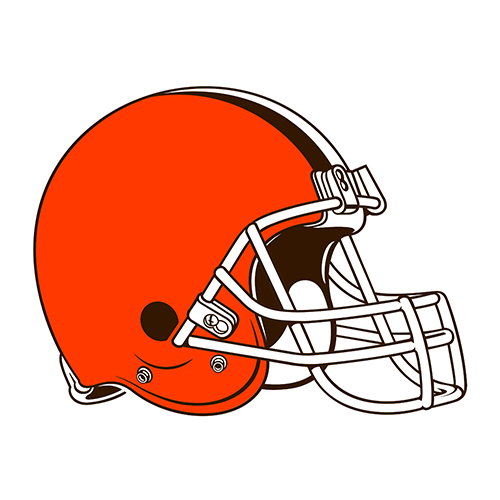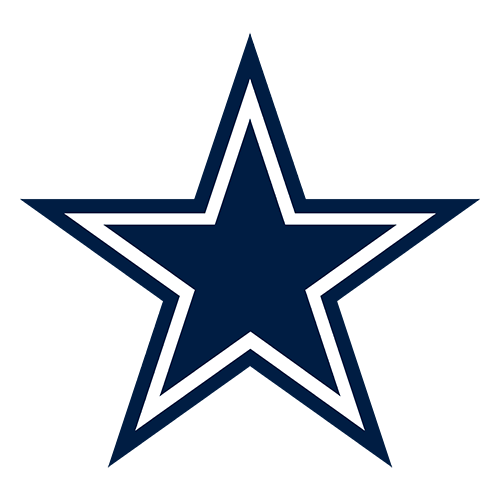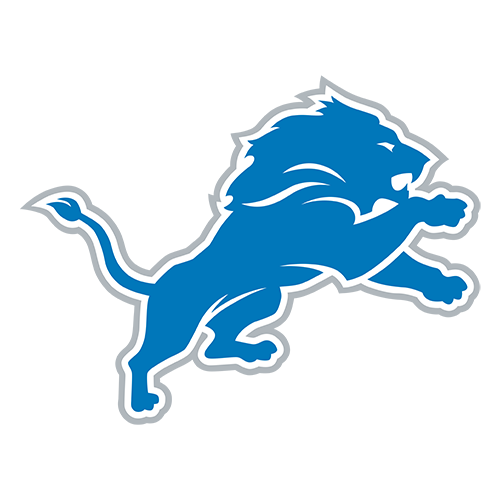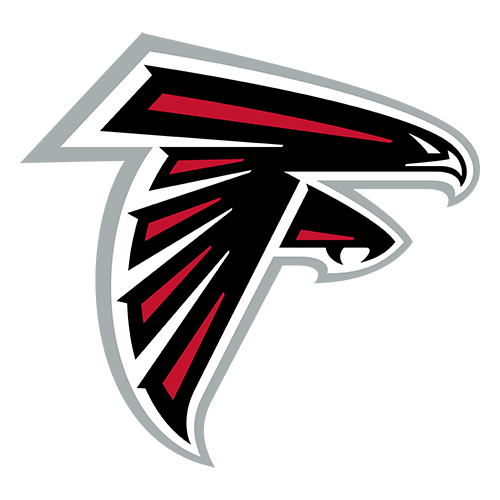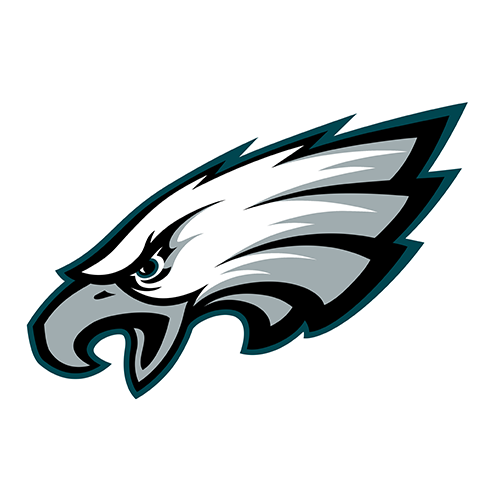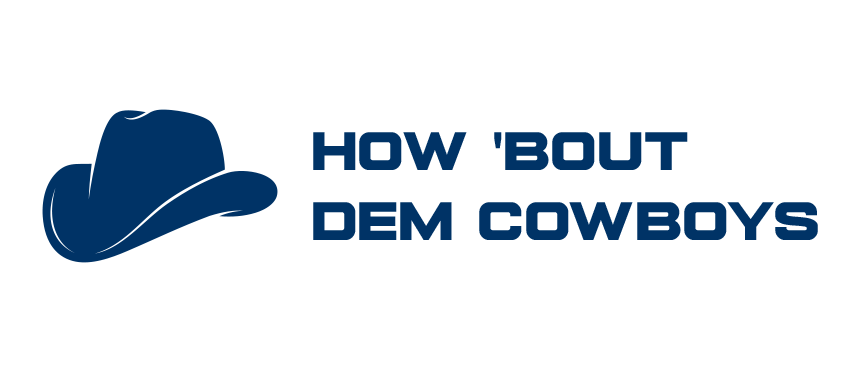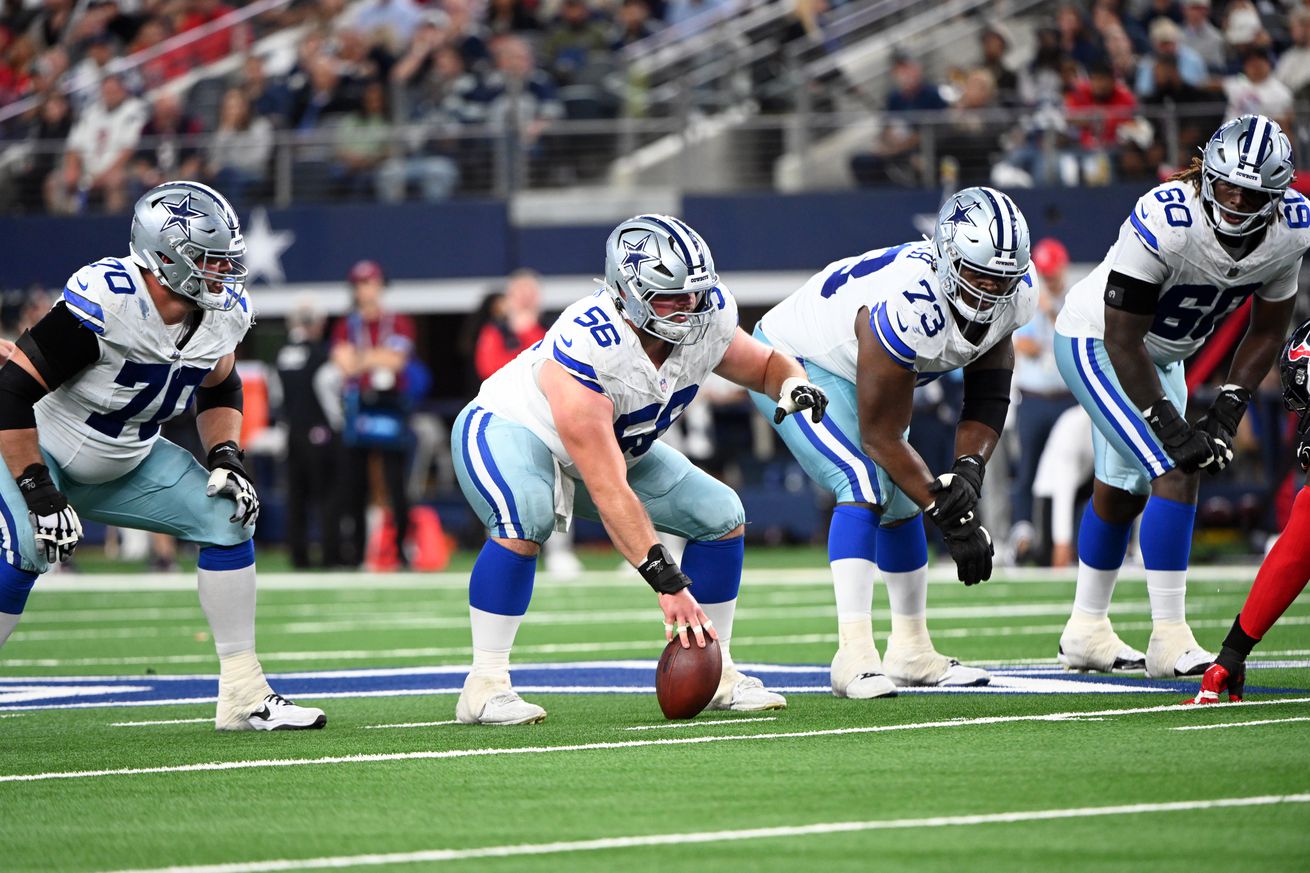
The 2024 Cowboys rookies got more playing time than you might have expected.
In early May last year, about two weeks after the draft, we published an article titled “Why the Cowboys’ 2024 rookie class could see more playing time than most recent rookie classes.” At the time, as the author, I wondered if the 2024 draft class could “yield four eventual starters,” even if the 2024 class might not have the star power of some successful previous draft classes.
The projection at the time was for the 2024 rookie class to account for 13.6% of total snaps. In reality, the draft class came in with 12.9% of all snaps, which isn’t very far off the initial projection.
Unfortunately, this was not from being blessed with the gift of prophecy or having access to some nifty algorithm. Instead, a promising draft class got extended playing time when the Cowboys decided not to acquire or retain free agents to fill key roster holes, and subsequent injuries to veteran players forced the team to play the rookies more than they might have in a normal season.
There are many different ways of evaluating the impact, success, and quality of a rookie class, though most of them in some form or another revolve around early impact and the number of starters drafted.
In any rookie class, you’re looking for immediate contribution from your early picks, and perhaps hoping for some additional contribution from your late-round picks. In the medium term, it’s widely held that a good draft class yields two solid starters, even if they are not necessarily expected to be starters in their first season.
For our purposes today, we’ll use the 2024 rookie class snap count to evaluate their first-year contribution and to compare this class to previous rookie classes.
| 2024 Rookie Class | ||||
| POS | Name | Total Snaps | Drafted | |
| OT | Tyler Guyton | 670 | 1st | |
| DE | Marshawn Kneeland | 256 | 2nd | |
| OC | Cooper Beebe | 1,061 | 3rd | |
| LB | Marist Liufau | 521 | 3rd | |
| CB | Caelen Carson | 252 | 5th | |
| WR | Ryan Flournoy | 156 | 6th | |
| OT | Nathan Thomas | 0 | 7th | |
| DT | Justin Rogers | 0 | 7th | |
| TE | Brevyn Spann-Ford | 305 | UDFA | |
| Rookie totals | 3,221 | |||
| In % of team total | 12.9% | |||
The Cowboys got at least two (Tyler Guyton, Cooper Beebe), maybe three (Marshawn Kneeland), and possibly four (Marist Liufau) starters out of this draft class. That’s a success any way you look at it, no matter the injury situation.
So how do the snap counts above compare to those of previous rookie classes? The title of this post already gave it away, the snap counts for the 2024 rookie are the second most since 2017. Here are the Cowboys rookie class snap percentages since 2007:
| ’07 | ’08 | ’09 | ’10 | ’11 | ’12 | ’13 | ’14 | ’15 | ’16 | ’17 | ’18 | ’19 | ’20 | ’21 | ’22 | ’23 | ’24 | |
| Rookie snaps in % | 3.8% | 6.7% | 1.5% | 6.9% | 8.5% | 6.5% | 15.3% | 9.5% | 10.0% | 13.5% | 10.6% | 10.2% | 2.4% | 14.0% | 9.7% | 12.5% | 5.2% | 12.9% |
For this analysis, let’s assume that adding the equivalent of two starters (or 9.0% of all snaps) to the roster is a good target for a rookie class. By that measure the data here suggests the Cowboys had some really bad draft classes between 2007-2012, but things started looking up in 2013, and have been mostly green since Will McClay took over the Cowboys drafts in 2014, the occasional glitch (2019 & 2023) notwithstanding.
The 2024 draft class is the third best in McClay’s 11-year tenure (as measured by snap count contribution), but it takes more than a strong rookie season to determine the value of a draft class. Three years (and sometimes even more) is the standard often used to fully evaluate a rookie class. Which is why we’re now going to look at how the snap percentages of each season’s rookie class have progressed over the years.
The snap data I have available only goes back to 2007, so no snap numbers for the rookie seasons of rookie classes prior to 2007. But we do have the second year of the 2006 class and the third year of the 2005 class, which is about as far back as we want to go anyway.
What this shows is how different rookie classes perform in terms of snap percentage in each of their first five years in the league, which is summarized in the table below. To make the table easier to read, it is color-coded as follows:
Blue = 3 or more starters (>13.5% of all snaps)
Green = 2-3 starters (9.0%-13.5%)
Yellow = 1-2 starters (4.5%-9.0%)
Red = less than 1 starter (<4.5%)
| Class | Year 1 | Year 2 | Year 3 | Year 4 | Year 5 |
| 2005 | – – | – – | 16.9% | 16.3% | 11.7% |
| 2006 | – – | 8.8% | 3.6% | 7.7% | 7.6% |
| 2007 | 3.8% | 7.1% | 9.3% | 13.0% | 10.8% |
| 2008 | 6.7% | 10.9% | 11.9% | 9.4% | 4.6% |
| 2009 | 1.5% | 0.9% | 3.6% | 4.6% | 0.0% |
| 2010 | 6.9% | 14.2% | 11.7% | 11.3% | 7.9% |
| 2011 | 8.5% | 10.9% | 11.6% | 10.9% | 4.5% |
| 2012 | 6.5% | 11.5% | 12.5% | 11.7% | 11.3% |
| 2013 | 15.3% | 14.8% | 14.1% | 11.9% | 11.3% |
| 2014 | 9.5% | 12.8% | 9.0% | 10.3% | 7.0% |
| 2015 | 10.0% | 10.8% | 14.2% | 15.4% | 7.8% |
| 2016 | 13.5% | 17.2% | 19.3% | 16.8% | 11.0% |
| 2017 | 10.6% | 13.4% | 12.3% | 10.0% | 5.3% |
| 2018 | 12.1% | 10.4% | 16.7% | 16.1% | 11.3% |
| 2019 | 2.4% | 10.5% | 5.4% | 10.2% | 6.4% |
| 2020 | 14.0% | 16.7% | 18.0% | 16.1% | 13.3% |
| 2021 | 9.7% | 11.0% | 7.7% | 10.2% | – – |
| 2022 | 12.5% | 21.9% | 14.5% | – – | – – |
| 2023 | 5.2% | 12.2% | – – | – – | – – |
| 2024 | 12.9% | – – | – – | – – | – – |
| Red <= 1 starter, Yellow = 1-2 starters, Green = 2-3 starters, Blue = >3 starters | |||||
The first thing you may notice as you scan the colors is that rookie season snap counts fluctuate wildly. We see the pre-McClay sea of yellow and red from 2007-2012, and then things start to solidify from 2013 onward, with two glaring exceptions in 2019 and 2023.
You may also notice a similar fluctuation in year five. The fifth-year drop in playing time contribution is largely due to the way rookie contracts are structured. Most players reach free agency after four years and can then move on to other teams, so a drop in snaps is to be expected. But that drop can also mean that the players from that rookie class simply weren’t good enough to warrant a second contract, or turned out to be too expensive to retain.
But of special interest for us today is year two in the table above. What we see there is that the numbers overall get better and more consistent in the second year of each rookie class, where the Cowboys have hit the 2+ starter mark every year since 2010 (even with the 2019 & 2023 classes!). Also since 2010, the rookie classes show a sea of mostly green and blue in years three and four, which is exactly how you want it to be.
Does that mean there’s upside for the 2024 class this season?
- The data here says “yes”, so that’s one reason for optimism.
- Some might be tempted to dismiss the data here out of hand by pulling the “Yeah, but injuries!” card. But that works both ways of course. Kneeland and Guyton both missed time with injuries, so those rookie snaps could conceivably have been even higher had they remained healthy. But coulda, shoulda, woulda.
- And who knows what’s in the cards for CB Caelon Carson, WR Ryan Flournoy, and TE Brevyn Spann-Ford in year two?
In any case, the 2024 rookie class looks promising going forward, and if the Cowboys find a way to secure a similar rookie class this year, we might soon start talking about the postseason with some level of confidence around these parts again. And wouldn’t that be something?!
